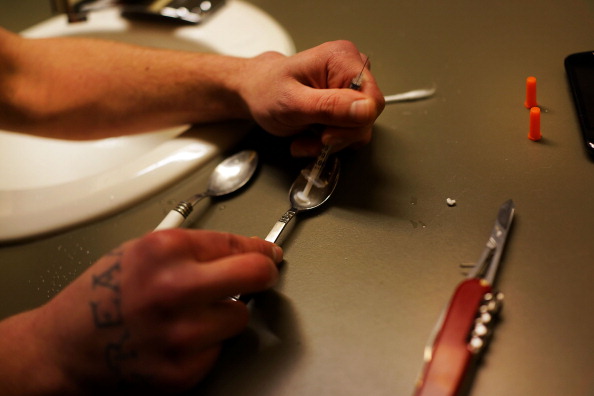
The number of deaths due to heroin overdose has quadrupled over the past decade and there is a huge rise in the number of deaths from prescription painkillers, but the percentage of people getting treatment for opioid abuse and dependence has remained the same, according new research. Researchers at the Johns Hopkins Bloomberg School of Public Health say that while more money has been spent on treatment in recent years, the resources needed to ensure wider access to treatment have not kept up with demand.
In the study, Brendan Saloner and Shankar Karthikeyan from the Bloomberg School analyzed data from the National Survey of Drug Use and Health to identify 6,770 people who reported that they were either physically dependent on opioids or that their use of opioids caused personal, financial, or legal problems. The researchers compared two time frames: From 2004 to 2008 and from 2009 to 2013.
After adjusting for demographic factors, they found that roughly 20% of those with a drug use disorder were in treatment during each time period. Since opioid use rose so dramatically during this period, the actual number of people in treatment increased from about 293,000 individuals in 2004 to 473,000 individuals in 2013, nearly a 50% increase, Saloner said in a statement. But between 2002 and 2013, the number of heroin overdose deaths quadrupled and the rate of prescription drug-related deaths more than doubled.
"We found that 80% of people with an opioid addiction are not getting treatment," says study leader Brendan Saloner, PhD, an assistant at the Bloomberg School. "This hasn't changed, despite the growing and more complicated problem of opioid abuse and dependence."
The percentage of people using opioids who said they were using heroin jumped dramatically from 24% in the first time period to 35% in the latter one.
The study also found that the most common treatments, used by more than half of those in treatment in both time periods, were outpatient settings such as methadone clinics and self-help groups. The use of inpatient services increased from 37.5% to 52%. The percentage receiving care from a doctor rose from 25% to 35%.
The study was published in the Journal of the American Medical Association.
